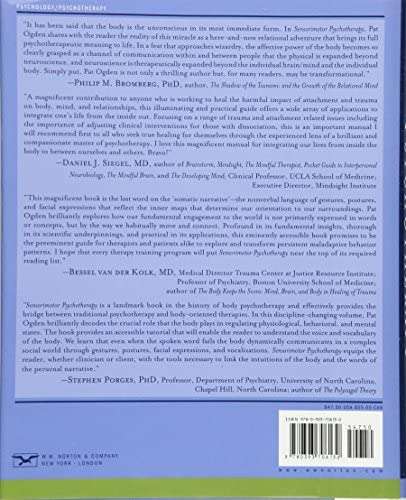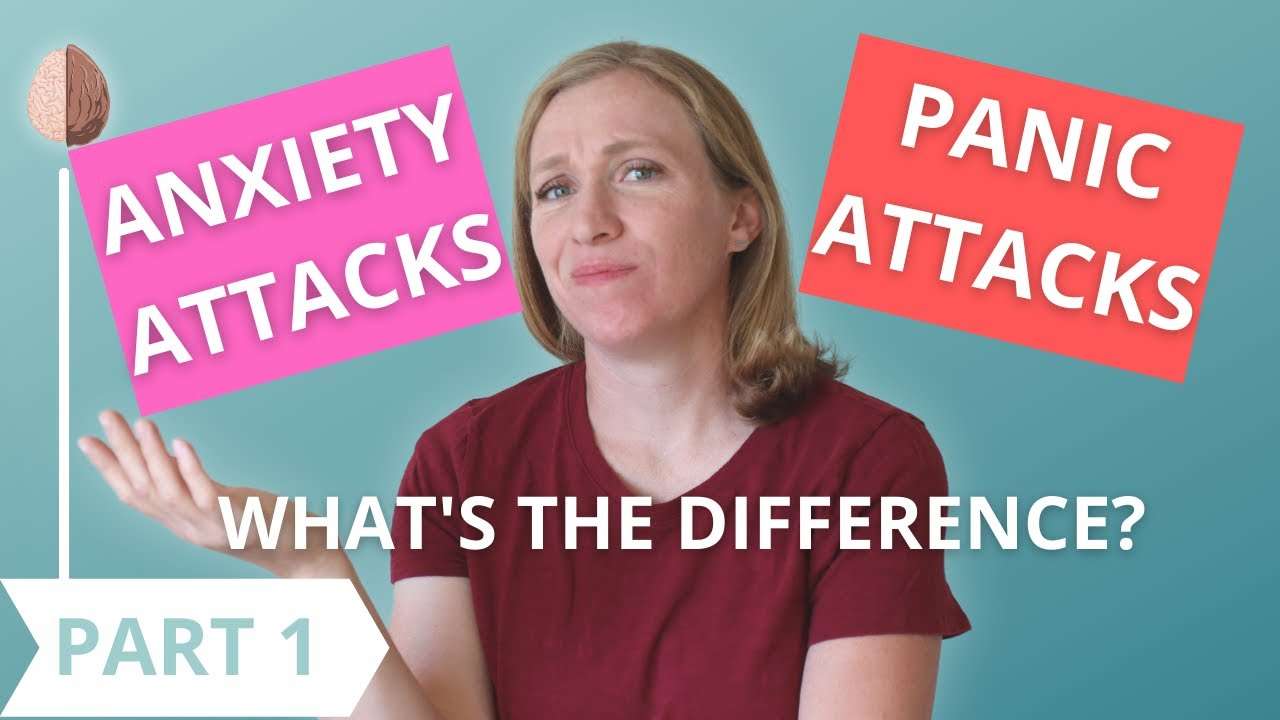 The Pocket Guide to Sensorimotor Psychotherapy in Context
The Pocket Guide to Sensorimotor Psychotherapy in Context
A guide to this groundbreaking somatic-cognitive approach to PTSD and attachment disturbances treatment.
Pat Ogden presents Sensorimotor Psychotherapy with an updated vision for her work that advocates for an anti-racist, anti-oppression lens throughout the book.
Working closely with four consultants, a mix of Sensorimotor Psychotherapy Institute graduates, trainers, consultants, and talented Sensorimotor Psychotherapists who have made social justice and sociocultural awareness the center of their work, this book expands the current conception of Sensorimotor Psychotherapy. Numerous composite cases with a variety of diverse clients bring the approach to life. This book will inspire practitioners to develop a deeper sensitivity to the issues and legacy of oppression and marginalization as they impact the field of psychology, as well as present topics of trauma and early attachment injuries, dissociation, dysregulation, and mindfulness through a Sensorimotor Psychotherapy lens.
Read a free excerpt here >
“In this eye-opening new book, Pat Ogden brilliantly charts the continuing evolution of
her work. . . Original, illuminating, and mind-expanding about cultural biases and legacies. . . I hope this will become required reading for every therapist and policy maker!”
—Bessel A. van der Kolk, M.D. Professor of Psychiatry, Boston University School of Medicine, President, Trauma Research Foundation, author of The Body Keeps the Score
 Sensorimotor Psychotherapy: Interventions for Trauma and Attachment
Sensorimotor Psychotherapy: Interventions for Trauma and Attachment
The body’s innate intelligence is largely an untapped resource in psychotherapy. This book, designed for therapists and clients to explore together, is both psychoeducational and practical. It will help therapists and clients alike use their own somatic intelligence to reclaim the body and engage it in the therapy process.
A companion to the bestselling Trauma and the Body: A Sensorimotor Approach to Psychotherapy, the book is not intended to teach the practice of Sensorimotor Psychotherapy. Rather, it is meant to act as a guide for helping clients draw on the wisdom of their bodies. Following an initial introductory section, the book consists of relatively short chapters designed to educate therapists and clients about a particular topic. Worksheets are provided for each chapter designed to be used either in therapy or between sessions to help clients integrate the material. The book will be useful for psychotherapists of a variety of persuasions: psychologists, psychiatrists, social workers, counselors, and marriage and family therapists. Some of the material may also be valuable for psychiatric nurses, occupational therapists, rehabilitation workers, crisis workers, victim advocates, disaster workers, and body therapists, as well as for graduate students and interns entering the field of mental health. Over 100 illustrations
“Sensorimotor Psychotherapy is a landmark book in the history of body psychotherapy and effectively provides the bridge between traditional psychotherapy and body-oriented therapies. In this discipline-changing volume, Pat Ogden brilliantly decodes the crucial role that the body plays in regulating physiological, behavioral, and mental states.”
– Stephen Porges, PhD
“Sensorimotor Psychotherapy is a must-read for psychoanalysts interested in nonverbal communication, dissociation, and trauma. This sophisticated book provides a remarkable integration of theory and clinical practice, informed by research in trauma, attachment, infancy, and neurobiology, as well as by psychoanalysis.”
– Beatrice Beebe, PhD
 Trauma and the Body: A Sensorimotor Approach to Psychotherapy
Trauma and the Body: A Sensorimotor Approach to Psychotherapy
“The body, for a host of reasons, has been left out of the ‘talking cure.’” With these opening words, the authors announce the expansion of traditional talk-therapy—building on skills ingrained after4 decades of accepted mental health practice—and identify a unique approach to the treatment of trauma.
Conventional models of therapy, while fundamentally helpful, excludes discussion of the body, focusing predominantly on the idea that change occurs through narrative expression. No one has yet to combine our understanding of trauma and its effects with somatically-driven treatment to deliver a sound, comprehensive theory and treatment model.
Trauma and the Body: A Sensorimotor Approach to Psychotherapy does just that. By incorporating theory and technique from traditional talk-therapy methods with body-oriented—or sensorimotor—psychotherapy, somatic psychology pioneer Pat Ogden and her colleagues present a breakthrough in trauma treatment, and expertly explain how using body sensation and movement can help heal the wounds of trauma.
“This is the book the field of psychotraumatology has been waiting for! Clinicians at last have a major practical and theoretical source for more fully understanding the central role of fixed sensorimotor patterns in survivors . . . Ogden and her colleagues masterfully demonstrate how to use the survivor’s physical fixation in traumatic experiences as an essential avenue to effective trauma treatment.”
– Onno van der Hart, PhD
“Ogden’s outstanding work in sensorimotor psychotherapy focuses not just on the devastating effects of trauma-induced alterations on mind, but also on body and brain. Asserting that the body has been left out of the “talking cure,” she offers a scholarly review of very recent advances in the trauma, neurobiology, developmental, and psychodynamic literatures that strongly suggests that bodily-based behaviors, affects, and cognitions must be brought to the forefront of the clinical encounter.”
– Allan N. Schore, PhD
This book is an amazing resource. It feels like being able to sit down with a trauma expert any hour of the day and learn something really valuable. As a trauma survivor I have already gained huge insight and shifted on a major issue I’ve been stuck on forever in just the few days I’ve been working with this book, and learnt so much about my reactions.
It’s written in a very easy to read style, given the dense material it covers; and the worksheets make it so real, really helping you to internalise the learnings and discover so much about yourself. While it is written with the intention of exploring with the help of a therapist, it is so clear it is of real use to trauma survivors who don’t currently have a therapist to guide them through the process: while as the authors say a book cannot replace a therapeutic relationship, this book covers so much education and things to help you realise why you react the way you do, that it goes a long way to helping even without a therapist to support the process. It’s like a map and a guidebook that gives you a sense of the way ahead and how to navigate it. As a trauma survivor currently not working with a therapist, this resource is invaluable to me; and I can see it would be a valuable resource for anyone wondering if they are getting what they need to out of working with their current therapist too.
If you, as either therapist or client, are skeptical about the need to include the somatic in therapy, this book is likely to convince you. I’ve heard too many trauma survivors say that talking about what happened is the real therapy and the somatic interventions are just like band-aids: this book is likely to help you to see that as trauma and attachment issues reside in the more primitive parts of our brain, whose language is rooted far more in the somatic than verbal, working with the body in this way is essential for real healing. There are so many trauma survivors who are in talk therapy and are just as destabilised years into therapy as when they began, and this book contains the skills they need to learn to be able to move forward with their healing and be more functional with the challenges of daily life.
An incredible amount of work must have gone into creating this, it is so educational and the worksheets are so well laid out. I hope this becomes a text for every trainee therapist to read (and every experienced one too!) I recommend getting the print version unless you have a big screen on your computer to be able to view the worksheets (it is really set up for printed rather than reading on a kindle, the worksheets are pretty much impossible to read on my kindle screen).
Huge thanks to the authors for the incredible amount of work that must have gone into creating such a phenomenal resource; and for your really generous sharing of your knowledge and processes.
Update: I thought I’d post an update after working with the book for a while. I’m really starting to understand my reactions so much better as a result of working with this book. I am in recovery from DID and find the sections on adapting the material for highly dissociative clients invaluable. I think I’ve come to understand the DID better from this book than the vast amount of books I’ve read specifically on DID. I wish everyone who is highly dissociative could work with this material, it can make such a difference.
This book is really good and really long. I actually don’t mind the length because the information is solid. There are three reasons I didn’t give this a full 5 stars. The first is because if you get the audio or kindle version you don’t have access to the worksheets unless you hunt for the info that you can email them directly and get them. So, you for sure can get the worksheets if you don’t have the hardback just you have to email them. The second reason though is that the worksheets look dat
This book is really good and really long. I actually don’t mind the length because the information is solid. There are three reasons I didn’t give this a full 5 stars. The first is because if you get the audio or kindle version you don’t have access to the worksheets unless you hunt for the info that you can email them directly and get them. So, you for sure can get the worksheets if you don’t have the hardback just you have to email them. The second reason though is that the worksheets look dated. Maybe that is intentional I’m not sure. However, it would be really nice if someone came around and updated them for a more modern look on these concepts. Finally, the last one isn’t the book itself but the audio choice of the narrator. I felt like after just having read “Healing the Fragmented Selves of Trauma Survivors” where the narrator was a female soothing voice, hearing a man talk about these trauma/abuse it just seemed jarring. I think choosing a more soothing gentle feminine voice might have been a better option for many but maybe that is just my part responding. The book overall was really good and had some strong information backing up the amazing research and guidance of two amazing professional therapists in the field. I do recommend as a serious resource if you are dealing with complex trauma clients and want to look at IFS, body, and overall systemic dynamics that occur from this kind of abuse.
…more



